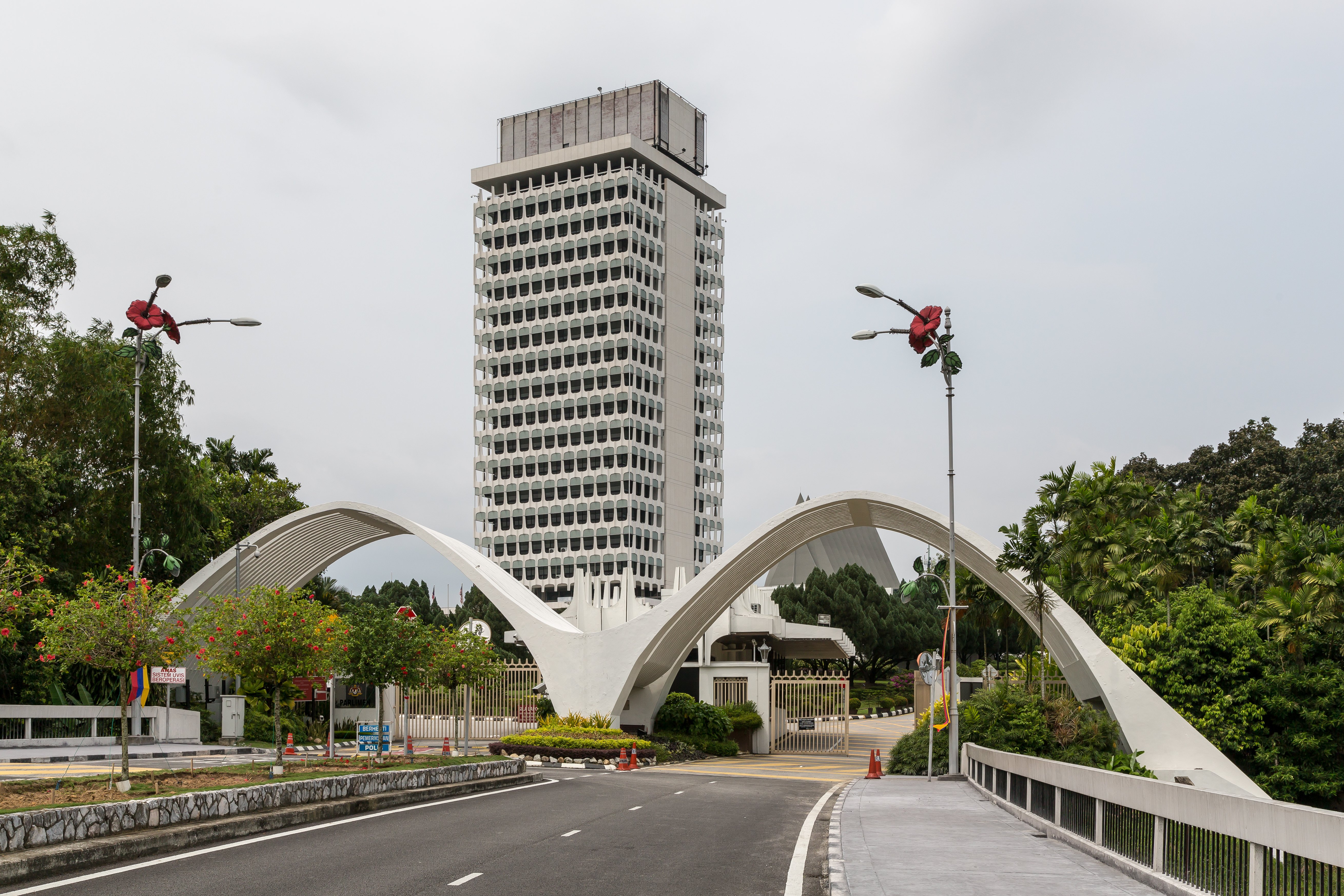🇲🇾map Malaysia [Overview]

Malaysia, known as Malaysia in Bahasa Malaysia, sits at the heart of Southeast Asia and is physically split between the Malay Peninsula in the west and the northern part of Borneo in the east. It brings together bustling, coastal cities and lush highlands, as well as long river systems in Sarawak and Sabah that feel a world away from Kuala Lumpur’s skyline. By global measures it is one of the larger countries in its region and ranks around 45th in population, with most people concentrated along the peninsula’s west coast. A distinctive feature of its political life is that the country’s monarch is selected on a rotating basis from nine hereditary Malay rulers, a tradition that subtly shapes national ceremony and identity.
Malaysia’s social fabric blends Malay, Chinese, Indian, and indigenous communities into an urbanizing nation where class and opportunity often track with education, English proficiency, and professional networks. Many families trace their roots to earlier waves of migration tied to tin mining and rubber plantations, alongside older Malay farming communities and the unique histories of Sabah and Sarawak under different colonial administrations. Today, you feel that layered past in everyday life: the languages you hear in a café, the mix of foods on a single street, and the different festival seasons that punctuate the calendar. The result is a country that feels both cosmopolitan and proudly local, where neighborhood ties and national ambitions sit side by side.
Economy
For work, Malaysia spans everything from small family-run shops and hawker stalls to industrial parks and fast-growing service sectors. The country’s economic story began with tin and rubber, and you still see echoes of that in older estates and mining towns, but the modern economy is far broader. Manufacturing, trade, finance, and technology now anchor many urban careers, while agriculture and resource-based industries remain important outside the largest cities. As incomes have risen, a confident middle class has grown—often multilingual and mobile—fueling a consumer economy that’s visible in malls, motorbikes, and an ever-expanding dining scene.
Resources and connectivity have shaped Malaysia’s place in the world. Historically tied into regional trade, it stays highly plugged into Southeast Asia’s commercial networks and maintains deep people-to-people links across the region due to education, migration, and shared business interests. Government visions—most famously the drive toward a fully developed, high-tech economy—have encouraged investment corridors and digital infrastructure. For travelers and expats, this translates into reliable transport links between major cities, a robust services ecosystem, and a business environment that understands cross-border commerce.
Culture
Bahasa Malaysia is the national language, but you’ll hear English widely in business and education, along with Chinese dialects and Indian languages in daily life. The dominant population groups are Malays, Chinese, and Indians, alongside indigenous communities in both the peninsula and Borneo who add their own traditions, languages, and arts. The country’s history runs through British colonial trade, wartime upheaval, and the early postcolonial years that forged a federation across two landmasses—differences that still color local identity and pride. People here care about family, education, food, and getting ahead; the urban middle class especially embraces technology and entrepreneurship, while rural communities sustain agriculture and local crafts.
Religiously, Islam is the majority faith among Malays and shapes national rituals and public aesthetics; Buddhism, Christianity, Hinduism, and other beliefs are also practiced and leave their mark on festivals, cuisine, and neighborhood life. The calendar reflects this pluralism, with major Muslim, Chinese, and Indian celebrations recognized nationwide and widely enjoyed by all. Public life is orderly and civic-minded, and large events tend to be well organized, with an emphasis on family participation and shared meals. For newcomers, the easiest way to connect is through food and festivals—two arenas where Malaysia’s diversity is most vivid and welcoming.
Li Wei
Li Wei is a financial services professional and cross-cultural consultant originally from Hong Kong,
with over 12 years of experience in international banking and Southeast Asian business
development. Having worked for major financial institutions including HSBC and Standard Chartered,
Li Wei has extensive experience facilitating the relocation of international professionals
to Hong Kong, Singapore, and other key Southeast Asian markets.
Published: 2025-04-02